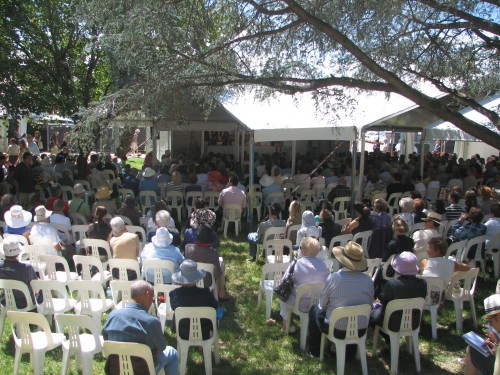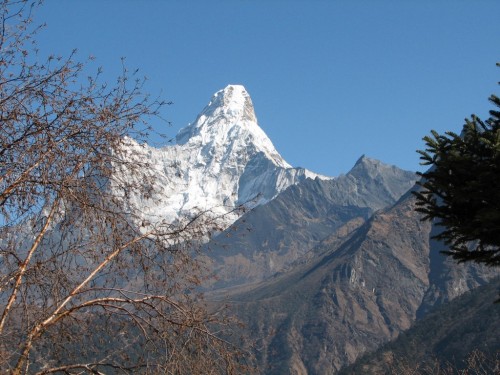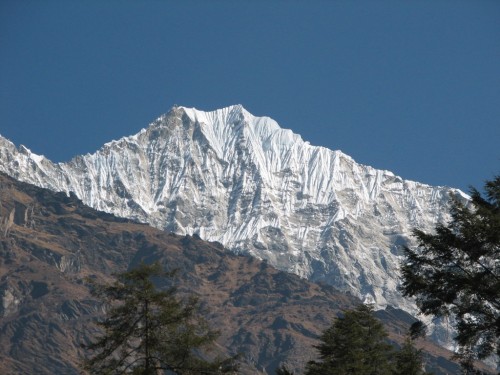Progress on my novel
Over the last ten days I have been steadily working on two aspects of my novel for children. I have been going through the text meticulously editing and rewriting. I have now finished the second and third drafts of the text. I’ve almost finished the fourth draft as well.
Proofreading
In the second draft of the work I used the notes of fellow students for the first seven chapters, plus the notes of a friend who offered to proofread the whole novel for me. She proved to be quite valuable as a reader and she managed to pick up many typos, punctuation errors and a few spelling errors. She found errors on most pages and so it was worth my while getting her to read the manuscript. Her strength is in copyediting, rather than in structural elements, setting, plot or characterisation. She did have a few comments to make about the motivation and attitude of the protagonist which made me think.
Supervising lecturer
On the third draft I used the notes and comments of my supervising lecturer. Rosanne, with all of her experience as a published writer, is able to tell immediately if there are any weaknesses in the story, where things could be improved, elements of the plot that need to be eliminated as well as being good at copyediting. As my supervising lecturer this is a big part of her role. She is also very good at encouragement and also in gently pointing out areas for improvement. If only every writer had such a mentor. Actually-she is far more than a mentor to me; she has become a friend.
Rewriting
During the third draft I also did considerable rewriting, adding and subtracting many words, phrases, sentences, paragraphs and even a half page here and there. In fact, during this process the manuscript went from 39,175 words to 39,932 words, an almost 2% increase. And that was despite deleting many words along the way.
Inconsistencies
On my fourth draft I am on my own, looking at the suggestions of no-one. I am going through the text with a very critical eye. I am eliminating all unnecessary words and passages. I am looking for grammatical errors (a few), problems with point of view (there were many) and inconsistencies with the tenses of my verbs. This latter area will need much attention in my fifth draft, I’ve decided.
Road trip
Over the last five days progress has slowed down considerably due to being away from home. We travelled to Geelong for our daughter’s graduation at Deakin University. She has achieved her Master of Education (TESOL), her third degree. Because we were staying with friends it was part holiday as well. I was able to attend to some editing but relaxing with our friends was higher on the agenda.
Tomorrow I will need to get back into full swing again.
Related articles:
- Writing a novel – a series of articles outlining the processes I went through while writing a novel for children.
What I am reading: photographic books about Nepal
Writing a novel: a writer’s journal part 25
What I am reading: photographic books on Nepal.
As a part of my research for background information for my children’s novel, I have been on a few visits to my local public library. Their collection of titles on Nepal is not great, but I did find several interesting titles. Two of these I mention here. Both could be categorised as coffee table style photographic essays. Both had minimal text which was more than compensated for by the brilliant photography. Most people would have found them extremely interesting just from a pictorial point of view. All of the photographs would have found a very comfortable home in publications such as National Geographic.
As an armchair traveller I enjoy the intriguing journeys of Michael Palin. He has an eye-probably two of them actually-for the bizarre, the amusing, the absurd and the downright confronting. This comes through in the various television travel series he has anchored over the years. Inside Himalaya is the spin-off book version of his television series Himalaya. The text in the book is sparse and as such was not of much help to me in my research. Despite that, I still enjoyed the sheer beauty of the photographs.
Pierre Toutain’s book Nepal is very similar. A little more than half the size of the Palin book, it matches it in the beauty of the photography. Palin’s book covers Pakistan, Tibet, Bhutan and Bangladesh in addition to Nepal, while Toutain’s book is totally focused on Nepal and as such, was more useful to me. It also has much more in the way of text (written by Michel Gotin). The text was far more informative and useful for my purposes.
My reading of these two beautiful books had one unfortunate side effect: I have a heightened desire to return someday soon the enigmatic and beautiful roof of the world, Nepal. I must get my novel finished, off to a publisher, accepted, published and then return on the proceeds from my writing. (I can dream, can’t I?)
References:
- Palin, M, Pao, B 2004, Inside Himalaya, Weidenfeld and Nicolson, London.
- Toutain, P, Gotin, M 1986, Nepal, Merehurst Press, London.
Further reading:
- My travels in Nepal – archive from my travel blog
- Writing a novel – more articles in the series about how I went about writing a novel.
My novel is finished
Writing a novel – a writer’s journal part 19
I DID IT!
I actually did it. I have finished writing the first draft of my novel for children. I wrote the last words this afternoon.
My target was 40,000 words which is set down as a requirement by my lecturers. (This is my thesis paper for my Master of Arts Creative Writing degree.) In the end I finished on about 39,175 words which is good. It gives me a little flexibility during the rewriting stage. I know there will be extra things I want to include in a few places. The maximum word count is a guide only anyway, but we really can’t stray too far under or over. In reality it may have been better to be over by a few thousand words; it is much easier to cut rather than add words.
Next stage: rewriting
I’m going to let it sit for a few days before getting back to it. Ideally I might be better off leaving it for a few weeks, but with a deadline of the end of November I don’t have that luxury. The next stage is to go through the whole manuscript, rewriting sentences and passages as needed. I know I have some problems with point of view in the early chapters, for example. I will also sit down with my supervising lecturer and analyse whether there needs to be any structural changes. This will inevitably lead to more rewriting.
Editing
The next crucial stage is editing. In this stage I will go back over the whole manuscript, looking at all the fine details of spelling, punctuation, word usage (is this the best word to use here?), grammar and sentence construction. It is a process I do not enjoy. I’ve been trying to get to ‘like’ this stage as an important step in the creative writing process. I don’t think I’ll ever ‘love’ it. At present I tolerate it as a necessary stage towards getting published.
Proofreading
The final stage is proofreading. In this stage I will check every letter, every word, every punctuation mark and make sure everything is perfect.
I have a few busy weeks ahead.
Good writing.
Related articles:
- Problems with point of view
- The importance of editing
- To err is human – to proofread is to be a good writer: seven effective proofreading hints
- Writing a novel
Progress report on writing a novel for children
Writing a novel – a writer’s journal part 18
Progress report
This week has seen great progress on my novel for children. I have had one of the most productive weeks in a long time. It has also helped that my diabetes at last is under some sort of control. Sure, I’ve had a few periods where it has caused a little problem with sleepiness, but overall I am feeling much better. Energized, creative and productive – that’s a good combination.
The momentum with my novel has been building now for quite a few weeks. Over the last week I’ve added on 8000 words. I passed the 36,000 word mark this afternoon which is another major milestone along the way. My target is 40,000 words but we do have a little leeway either way. I still have a chapter and a half to go and that should add 2500 to 3000 more words so I am right on the money with my planning.
Originally I planned to write 20 chapters each of about 2000 words. I’ve generally achieved that. Most are a little under and several are just over. The first chapter was written deliberately short, so that gives me a bit more flexibility in the rest. During the rewriting stage I anticipate adding a few sentences and paragraphs here and there, so I should still be within the word limit.
One of the interesting things that has happened over the last week is that the momentum built up and the total focus on getting the story down has produced some unplanned, unexpected twists. Several times characters have popped up in unplanned ways, giving the plot a little twist which has enhanced the tension of the story.
Another interesting thing has happened with the tension. After about chapter 4 or 5 I realized that I needed to dramatically ramp up the action. I believe I have succeeded in doing this. Aimed at 10 to 12 year old children, it needs to be a page turner. Each chapter needs to end on a high, a cliff hanger, or the desire to want to turn the page to see what happens next.


